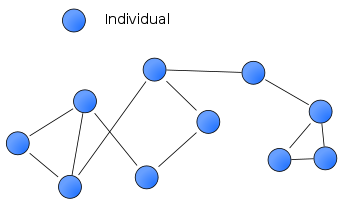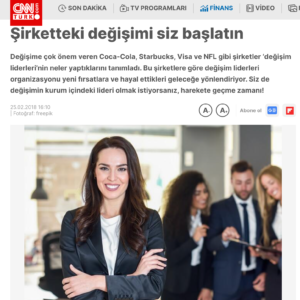Jonathan Crow of ThinkFree recently conducted what he calls “The Great Social Experiment,” where he tested the art of online social networking to evaluate whether or not joining conversations across popular online communities would benefit his company. Crow created a roundtable featuring Chris Brogan, Aaron Brazell, Cathryn Hrudicka, Doug Haslam, and me to offer feedback, constructive criticism, and advice to help ThinkFree and other companies learn from his experiment.
Before you read below, make sure to first read, “The Art and Science of Social Media and Community Relations.”
3a. Is social networking the right tool for the tests I created?
3b. Are my expectations of social networking in line with what it can do?
3b. What is social networking best geared to address?

Source
In order for businesses to understand the value and focus of a valuable social media campaign, it requires a dedicated strategy, goals, metrics, and a tactical plan.
It all starts with answering two simple questions, “why do we want to participate?” and “what do we hope to get out of it?”
The process of answering these questions will define how and where to participate and how to measure success.
The next step is to listen and answer the following questions.
Where are your competitors?
Where do key words take you?
Are there conversations taking place about your company, products, and if so, where?
You’ll find that there are hubs across Social Media that will require your participation. In ThinkFree’s case, Facebook, LinkedIn, Digg, ThinkFree Docs, and most importantly, the company blog, would be the areas of immediate concentration. Plaxo, Twitter, and others, might require attention and effort at a later time.
ThinkFree’s business would benefit from the promotion of the great content residing in ThinkFree Docs, the capabilities of ThinkFree Office and also the ability to source and promote content from and to the community across other networks.
But it requires time, investment, cultivation, sincerity, and, it is not an overnight process.
Each network represents a collective of various groups of people who orbit an axis of common interests and each group as well as each network maintains its own ecosystem. Basically, what this means is that each community serves a different purpose, not just in who you reach, but how and why. The discussions and the very nature of the conversations are different from network to network.
The point that I can not emphasis enough is that you get out of Social Media what you put into it.
You have to observe before you can participate. Doing so will answer all of your questions and even dictate how to engage.
Click here to read the responses from the entire roundtable.
—-
Experiments and Lessons Learned in Social Media Part II
Experiments and Lessons Learned in Social Media Part I
The Art and Science of Social Media and Community Relations
—-
Connect with me on Twitter, Jaiku, Pownce, Plaxo, or Facebook.






Are u guys going to start podcasting those digital downloads? Let me know if u need help generating a feed.